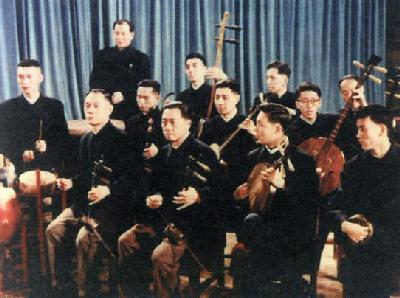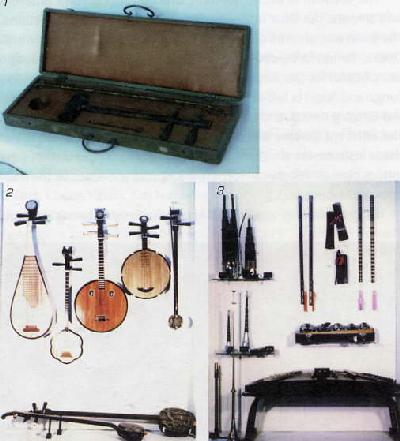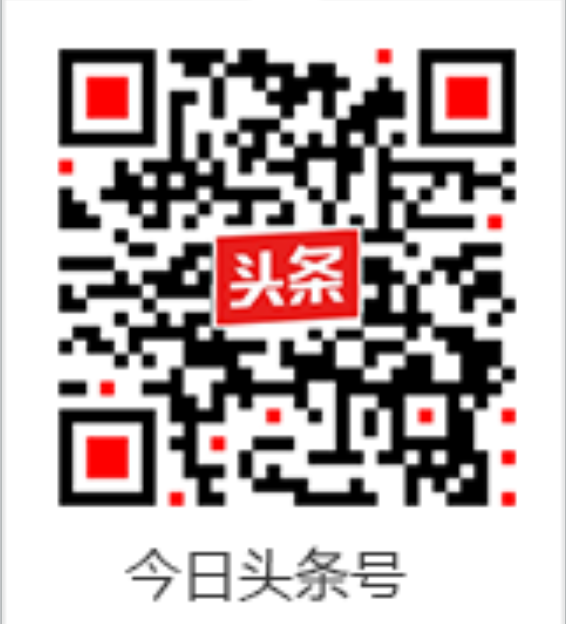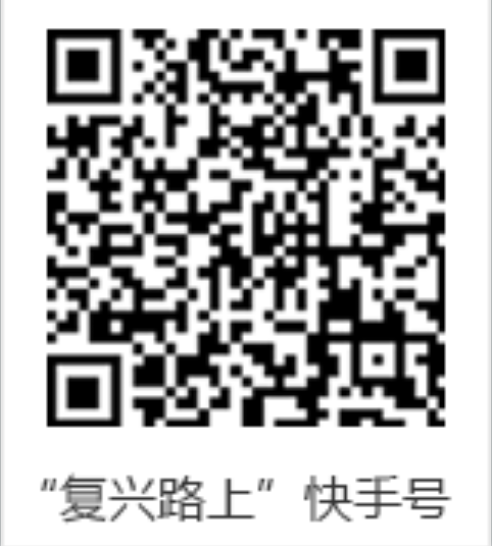
 |
Music accompanies singing, reciting, actions and acrobatics in Chinese operas. It also helps develop the story, personalize the characters, expose their thoughts and feelings, and create a special atmosphere.
The orchestra of a typical opera is composed of two parts -- the Wenchang, or Civil Section, of string and wind instruments; and the Wuchang, or Military Section, composed of percussion instruments. The former section accompanies singing, and the music is Qu (tunes). The latter accompanies the performers' body movements, reciting, singing, dancing and acrobatics.
The beats clearly mark the beginnings and the endings. Led by the main drummer, the music adjusts and controls the rhythm of the opera. The instrumental music is produced by various kinds of stringed, wind and percussion instruments, and each has its own functions and timbres.

Typical stringed and wind instruments for operas:
1. Jinghu once used by Mei Yutian (1869-1914), a famous Peking Opera musician. It is 120 years old.
2. Upper row (from left to right): Pipa, Qinqin, Dayuan, a four-stringed plucked instrument with a full-moon-shaped sound box and Zhuihu
Lower row: Big three-stringed plucked instrument and small three-stringed plucked instrument
3. Upper row (from left to right): Xiao (vertical bamboo flute), Shouban, Bangzi and flutes.
Middle row: Hai flute, Suona horn, Bangban and wooden fish
Lower row: Wind instrument, Taiozi and dulcimer





















